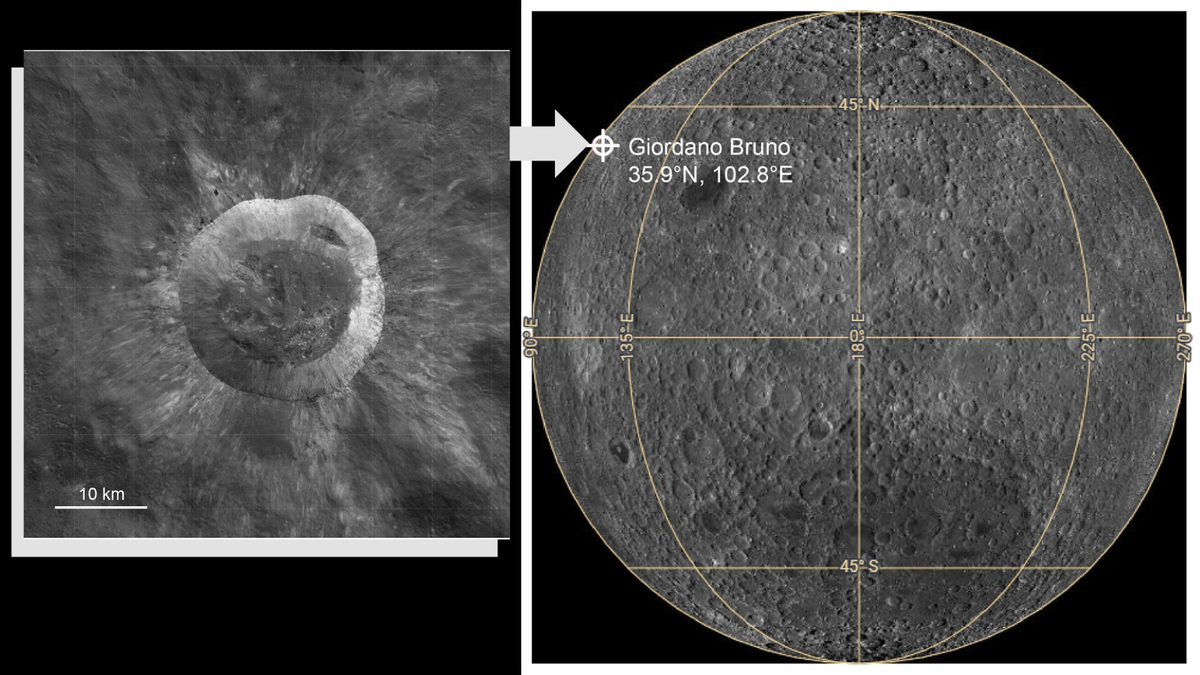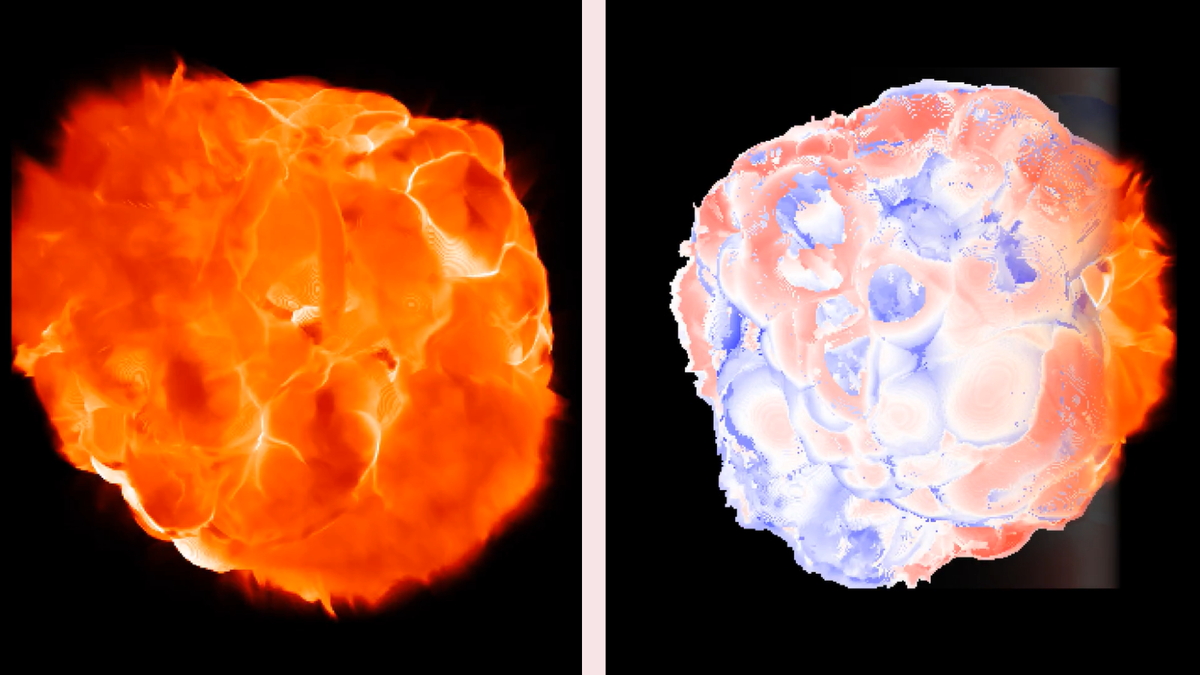Origin of Earth’s “Quasi-Moon”
A recent study suggests that Earth’s “quasi-moon,” Kamo’oalewa, was likely separated from the actual moon relatively recently in the Solar System’s history. This discovery sheds light on the fascinating celestial dance that takes place in our cosmic neighborhood.
Discovery and Characteristics
Kamo’oalewa, officially designated as “469219 Kamoʻoalewa,” is a near-Earth object with a diameter ranging from 131 to 328 feet (40 to 100 meters). Discovered in 2016 by the Pan-STARRS 1 asteroid survey telescope in Hawaii, this celestial body orbits the sun in synchronization with Earth, exhibiting rapid spinning that piqued the interest of researchers.
Investigation and Findings
Research indicates that Kamo’oalewa shares compositional similarities with rocks found on the moon, suggesting its lunar origin. Through meticulous analysis, the scientists were able to establish a direct connection between Kamo’oalewa and the moon, providing valuable insights into the formation and evolution of these celestial bodies.
“Cosmic Crime Scene”
To unravel the mysteries surrounding Kamo’oalewa, the research team conducted a detailed investigation akin to crime scene detectives. By employing sophisticated modeling techniques, they were able to recreate the impact scenario that resulted in the creation of this quasi-moon, shedding light on its origins and trajectory.
Implications and Future Research
The study’s findings have significant implications for our understanding of the population of near-Earth objects. By revealing that a larger proportion of these bodies may have originated from lunar impacts, the research opens up new avenues for exploring the dynamics of our cosmic neighborhood.
Moreover, future missions such as the Chinese Tiawen-2 mission in 2025 hold promise for furthering our knowledge of Kamo’oalewa and its connection to the moon. By analyzing samples from this celestial object, scientists hope to gain valuable insights into its physical and thermodynamic properties, shedding light on its origin and evolution.
The team’s groundbreaking research, published in the journal Nature Astronomy, marks a significant milestone in our quest to unravel the mysteries of the cosmos. Through meticulous investigation and sophisticated analysis, scientists continue to unravel the secrets of our celestial neighbors, offering valuable insights into the intricate dance of celestial bodies in our Solar System.
Image/Photo credit: source url





